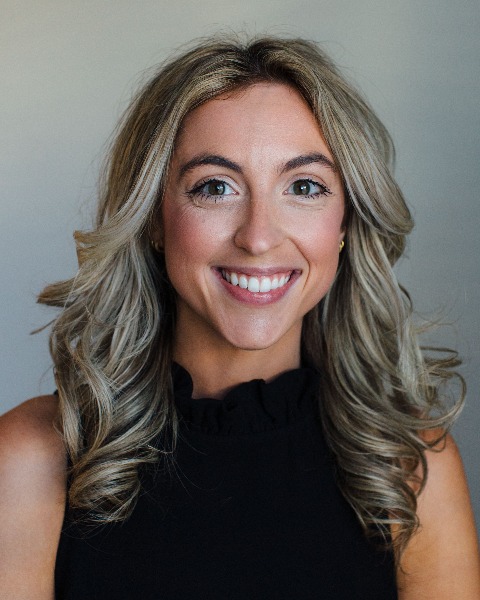Medical Education Works in Progress
Session: Medical Education Works in Progress
WIP 40 - Enhancing Neonatal Care Through Ultrasound-Guided IV Placement Training and Simulation
Saturday, April 26, 2025
2:30pm - 4:45pm HST
Publication Number: WIP 40.7657
Shaylin Dalton, University of the Incarnate Word School of Osteopathic Medicine, San Antonio, TX, United States; Aneesha Morris, Baylor College of Medicine, San Antonio, TX, United States; Pratik Parikh, Baylor College of Medicine, San Antonio, TX, United States

Shaylin Dalton, BA
MS-II
University of the Incarnate Word School of Osteopathic Medicine
San Antonio, Texas, United States
WIP Poster Presenter(s)
Background: Securing intravenous (IV) access in extremely low birth weight (ELBW) infants in neonatal intensive care units (NICUs) is challenging and often leads to multiple failed attempts, increasing risks including pain, stress, infection, and extravasation. Ultrasound (US)-guided IV placement has improved success rates in pediatric and adult populations; however, its adoption in neonates is limited due to the need for specialized training and challenges associated with neonatal vascular anatomy.
Objective: This project aims to implement and evaluate a training program for US-guided IV placement in NICUs using a realistic 3D-printed neonatal vascular model. The primary objective is to enhance clinicians' long term competency and confidence, improve first-attempt success rates, and reduce complications in neonatal IV placements.
Design/Methods: The IRB-approved curriculum includes comprehensive didactic instruction covering ultrasound physics, machine settings, and neonatal vascular anatomy. It emphasizes the principles of US-guided IV placement and addresses common challenges specific to neonates.
Forty NICU team members including nurses, neonatal nurse practitioners, fellows, pediatric residents, and neonatologists will participate in training sessions that blend theoretical learning with hands-on practice. Participants will engage in supervised simulations using novel 3D-printed neonatal vascular models beginning on November 6th, 2024. Competency will be objectively measured immediately post-training using a standardized assessment evaluating key skills such as image acquisition, vein identification, needle guidance, successful cannulation with consideration of number of attempts.
A follow-up evaluation six weeks post-training will assess long-term skill retention and competency. Clinicians will perform US-guided IV placements on the models under observation, with performance measured against the same standardized competency checklist. Confidence levels will be gauged using validated surveys to measure self-efficacy in performing the procedure.

